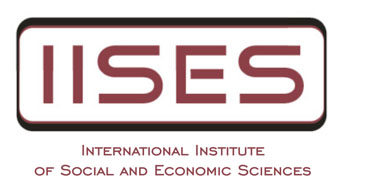35th International Academic Conference, Barcelona
HOW TOP INCOME INEQUALITY INFLUENCES SUSTAINED GROWTH?
QI PAN
Abstract:
While the relationship between inequality and economic growth has been studied since last century providing a general picture of the income distribution's influence on economic growth, it hides the relationship's complexity by merely using a single and general inequality statistic. Recently, the consequence of top income inequality has been broadly discussed after the financial crisis and related social movement. Research covering series on top income share has emerged in an international and historical perspective. Some researchers present the relationship between top income and growth recession. But rather than focusing on the short period of stagnation, it is more meaningful to explore what top income performs consistently long time ahead that causes economic growth to a halt. This study fills this gap by a quantitative research of 31 countries from 1950 to 2014, studying top income's relation with the duration of growth spells - periods of high, healthy, per capita growth - indicating sustained growth based on Berg, Ostry and Zettelmeyer (2012) research. Studies show that taken other standard determinants into consideration, income distribution equality is robustly associated with longer growth spells. Thus, will top income inequality has the same influence on growth duration? Will top income's influence change in different stage of growth spells? These are the questions we try to answer. This paper redefines growth spells using Bai and Perron's (1998, 2003, 2006) methodology of structural breaks with improved economic criteria and applies duration analysis to explore the role of top income influencing the duration of growth spells. We find that top inequality is significantly associated with growth duration, and the top inequality's effect changes within growth spells. Results show the initial level of top 1% income share is positively associated with the length of growth spells while its change within spells shortened the length of growth spell. But top income initial's positive effect is relatively more than the negative effect of the change within spells. This study sheds light on top income's role in economic sustained growth, offering a potential solution in avoiding the middle-income trap. At the start of growth spells, top income's larger share can enhance the possibility the economy maintains growing. But as the growth continues, top income's adverse effect begins to show. The government should make the best use of the top income's positive effect at the take-off stage and avoid its adverse effect as the growth continues.
Keywords: top income inequality, sustained growth, duration analysis

